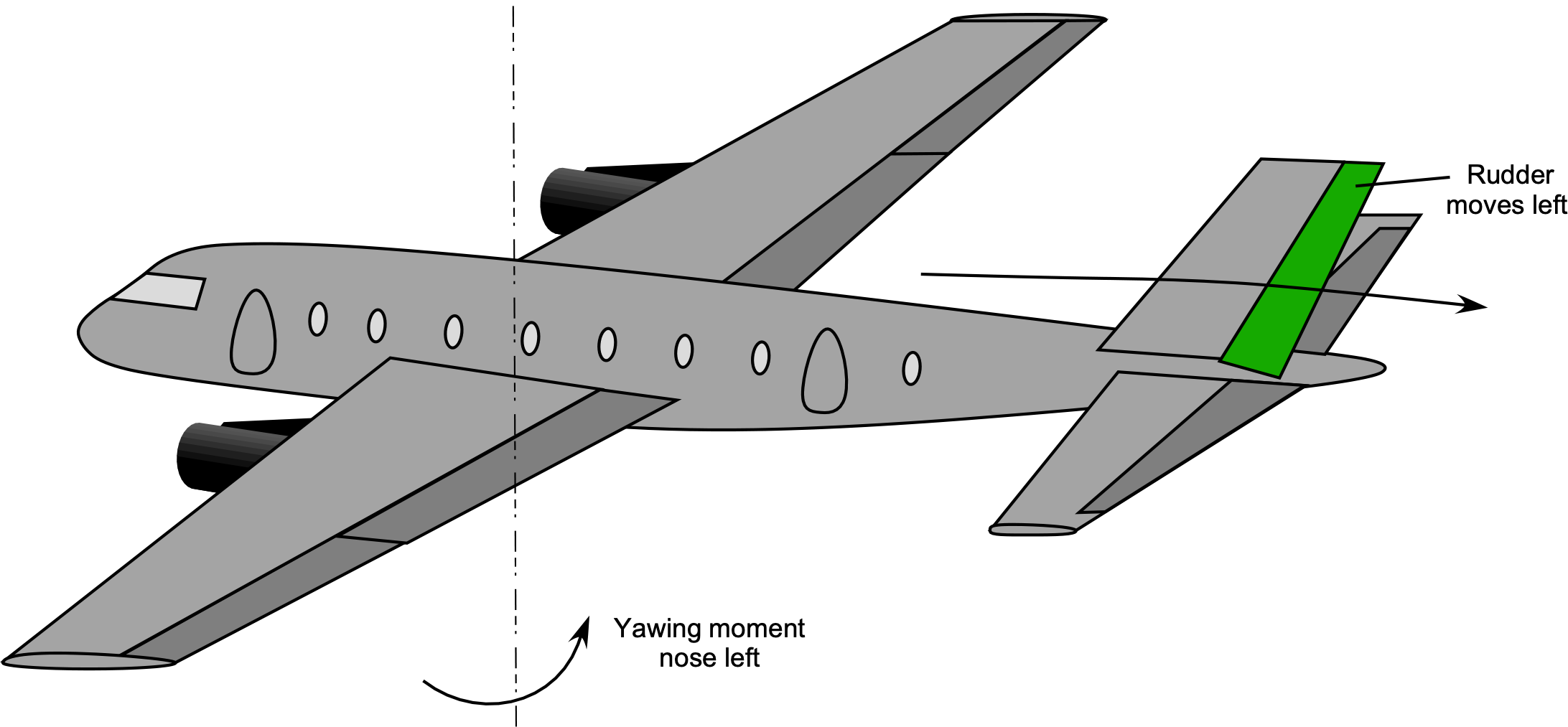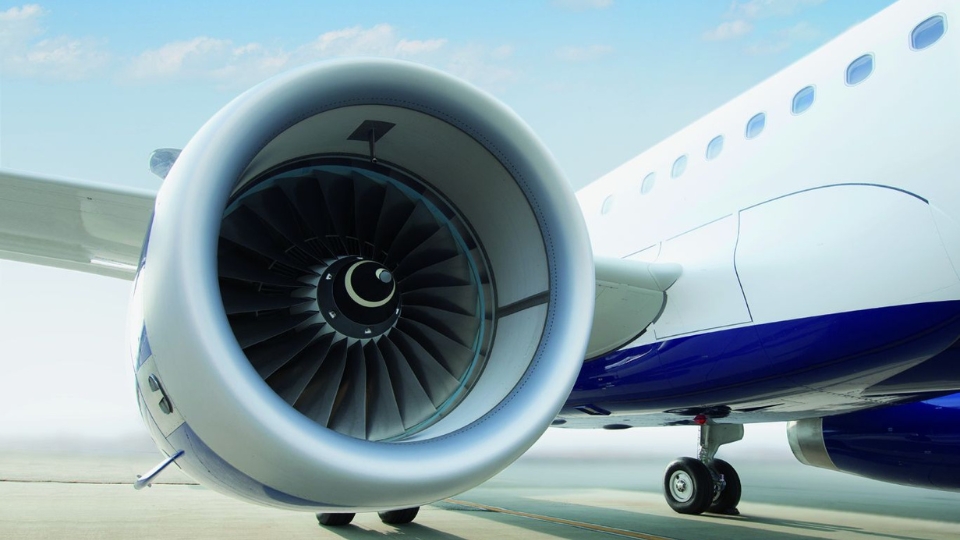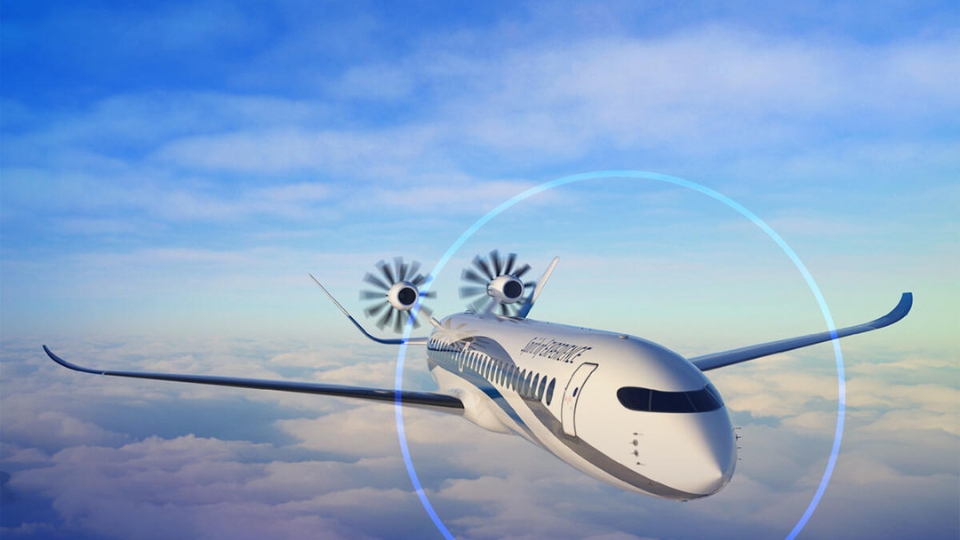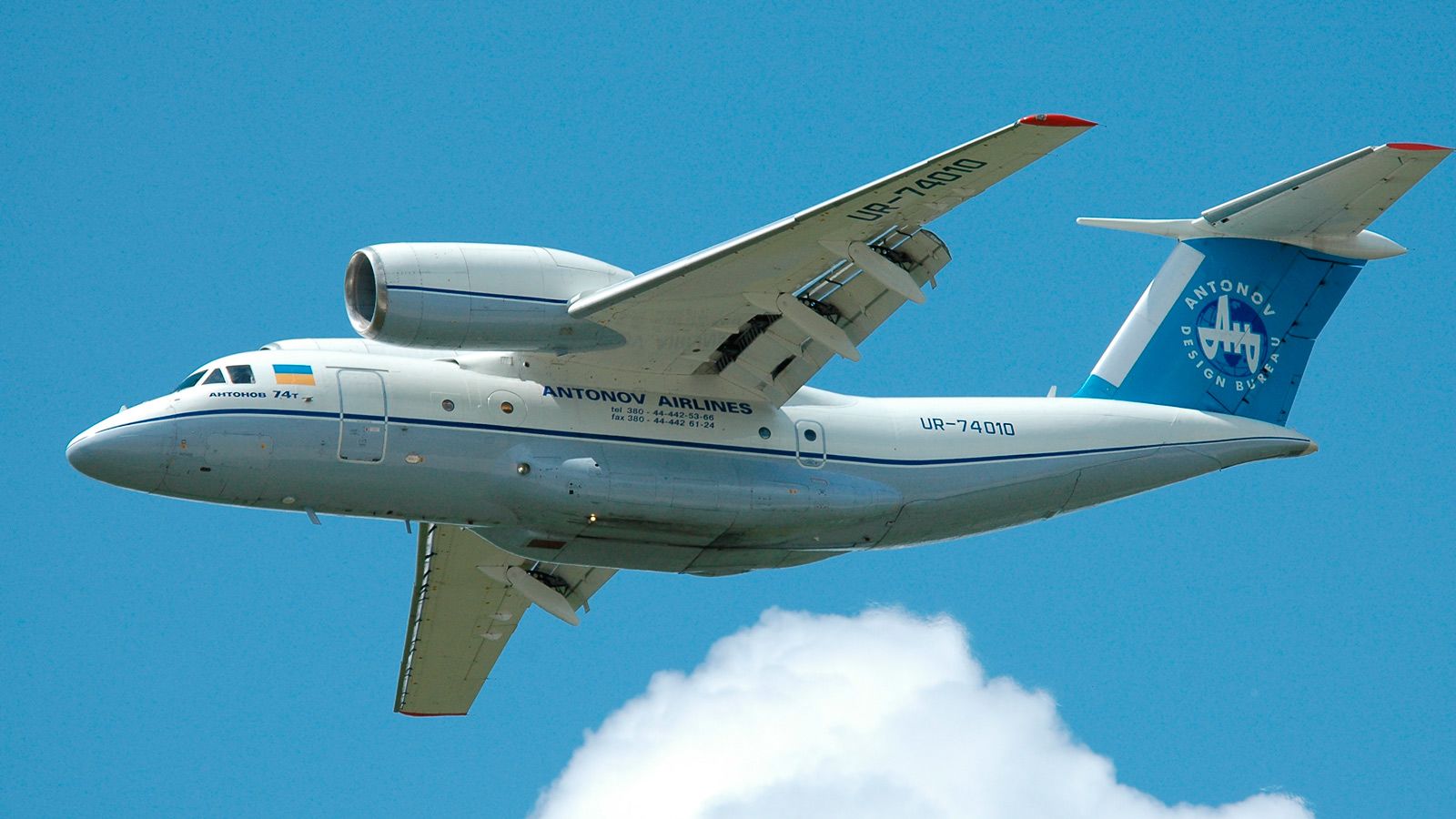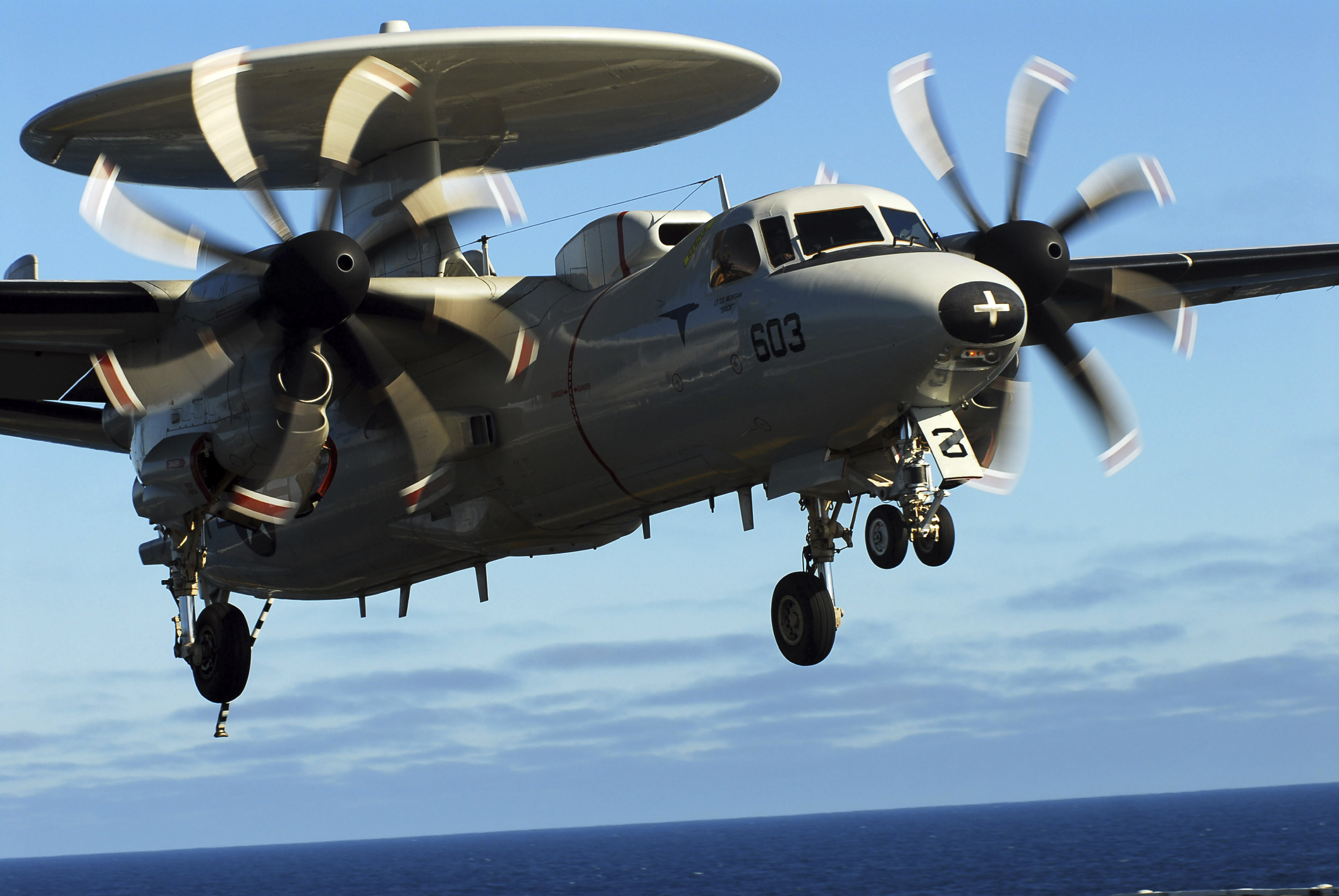When you look at an aircraft’s specifications, the details might seem overwhelming or technical. However, understanding plane specs is essential whether you’re an aviation enthusiast, a prospective buyer, or simply curious about how airplanes operate. Knowing what each specification means helps you compare aircraft, assess performance, and appreciate the engineering behind these complex machines.
This guide breaks down common plane specs into easy-to-understand categories, explaining their significance and how they impact an aircraft’s capabilities.
Aircraft Dimensions
One of the first things listed in any plane spec sheet are the dimensions. These give you a sense of the aircraft’s size and physical footprint.
- Length: The measurement from the nose to the tail of the plane. This affects airport gate compatibility and hangar space requirements.
- Wingspan: The distance from one wingtip to the other. A larger wingspan generally improves lift and fuel efficiency but may limit the airports the plane can use due to gate size constraints.
- Height: How tall the aircraft stands from the ground to the top of the tail. This is important for hangar clearance and ground handling.
Understanding these dimensions is crucial when considering where the plane can operate and how much space it needs on the ground.
Weight Specifications
Weight is a critical factor in aircraft design and performance, influencing fuel consumption, range, and payload capacity.
- Empty Weight: This is the weight of the aircraft without passengers, cargo, or usable fuel. It includes the structure, engines, and standard equipment.
- Maximum Takeoff Weight (MTOW): The heaviest weight at which the aircraft is certified to safely take off. Exceeding this can compromise safety and performance.
- Maximum Landing Weight (MLW): The heaviest weight allowed for landing to prevent structural damage. Usually lower than MTOW because fuel is burned off during flight.
- Useful Load: The difference between empty weight and MTOW, indicating how much weight can be added in fuel, passengers, and cargo.
These weight limits ensure the aircraft operates within safe structural and aerodynamic limits.
Performance Metrics
Performance specs describe how the aircraft behaves in flight and how efficient it is under various conditions.
- Maximum Cruise Speed: The fastest speed the plane can sustain in normal operation, usually measured in knots or miles per hour. Higher cruise speeds reduce travel time but may increase fuel burn.
- Range: The maximum distance the plane can fly without refueling under optimal conditions. Range depends on fuel capacity, engine efficiency, and payload.
- Service Ceiling: The highest altitude the aircraft can safely operate, often limited by engine performance and pressurization systems. Flying at higher altitudes can improve fuel efficiency due to thinner air.
- Rate of Climb: How quickly the aircraft can gain altitude, measured in feet per minute. Important for takeoff performance and terrain clearance.
Knowing these performance factors helps pilots plan routes, assess fuel needs, and understand operational limits.
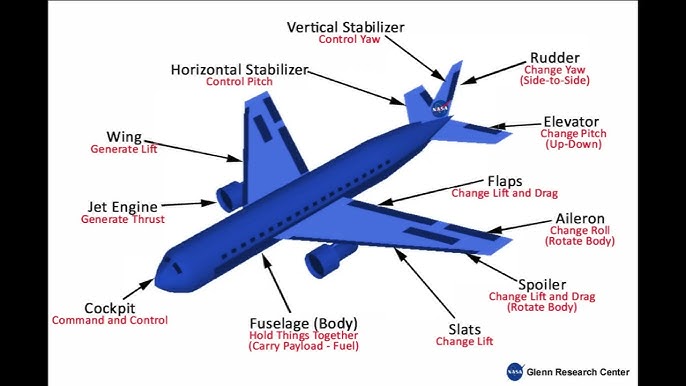
How to Understand Plane Specs
Capacity
Capacity specifications tell you how many passengers and how much cargo an aircraft can carry.
- Passenger Capacity: Usually stated as the maximum number of passengers the plane can seat. Some aircraft have different seating configurations (e.g., economy, business class) that affect this number.
- Cargo Volume: The total space available for baggage and freight, often measured in cubic feet or meters. Important for airlines balancing passenger luggage and cargo loads.
Understanding capacity helps operators maximize profitability and plan cabin layouts efficiently.
Engines and Fuel
The engines and fuel system determine power, efficiency, and operating costs.
- Engine Type: Whether the aircraft uses turbofan, turboprop, piston, or jet engines. Each type has different fuel efficiencies, noise levels, and performance characteristics.
- Number of Engines: Single-engine planes are common in general aviation, while commercial jets usually have two or more engines for redundancy and power.
- Fuel Capacity: How much fuel the aircraft can carry, which directly impacts range and endurance.
Engine specs also include thrust or horsepower ratings that relate to speed and climb performance.
Avionics and Systems
Modern aircraft specs include information about the avionics (electronic systems) and onboard technology.
- Navigation Systems: GPS, inertial navigation, and other tools that help pilots determine their position and route.
- Communication Equipment: Radios and data links that maintain contact with air traffic control and other aircraft.
- Safety Systems: Weather radar, collision avoidance, and emergency equipment that enhance flight safety.
Advanced avionics contribute to operational efficiency, safety, and compliance with airspace regulations.
Why Understanding Plane Specs Matters
Understanding plane specs gives you insight into an aircraft’s capabilities and limitations. For buyers or operators, it helps in selecting the right aircraft for specific missions, whether it’s short regional hops, long-haul international flights, or cargo transport. For enthusiasts, it deepens appreciation for the complexity and design excellence in aviation.
Tips for Reading Plane Specs
- Always compare specs within the same category of aircraft (e.g., regional jets vs. business jets) for meaningful insights.
- Focus on specs most relevant to your needs: range and capacity for operators, or speed and climb rate for pilots.
- Remember that actual performance can vary based on weather, payload, and maintenance conditions.
Conclusion
Understanding plane specs is not just about memorizing numbers—it’s about grasping how these figures translate into real-world performance and operational capabilities. By familiarizing yourself with dimensions, weight, performance, capacity, engines, and avionics, you gain a comprehensive view of what makes an aircraft tick. This knowledge empowers better decisions whether you’re flying, managing, or simply admiring these marvels of engineering.

